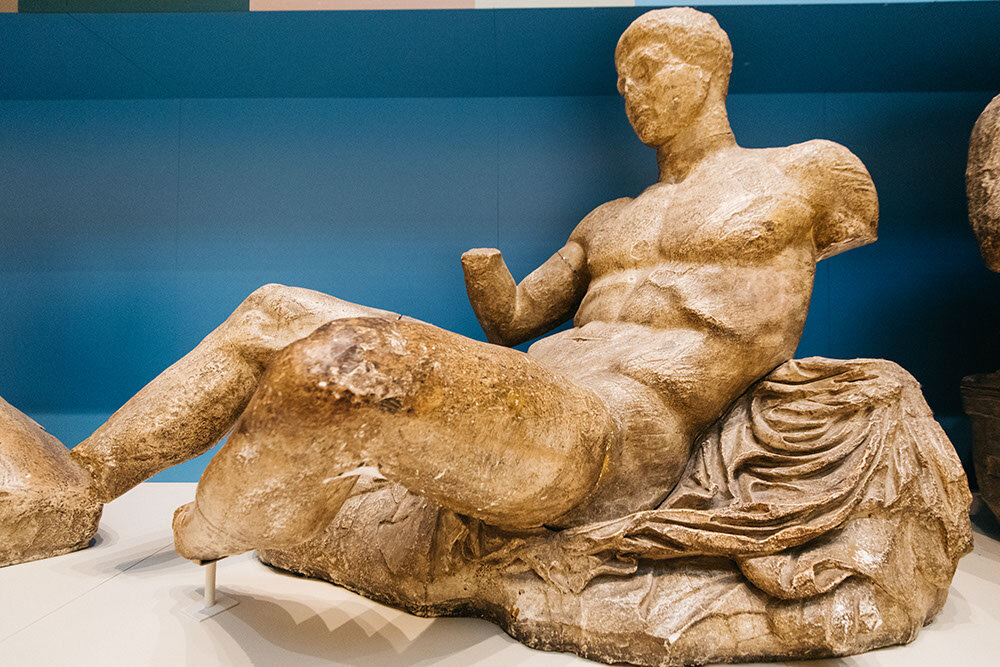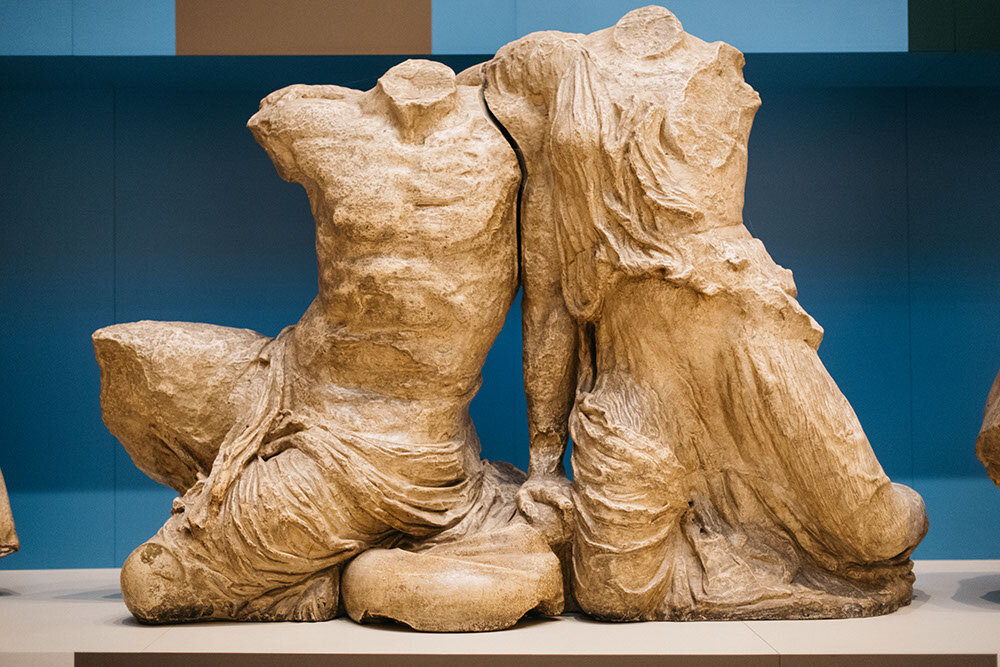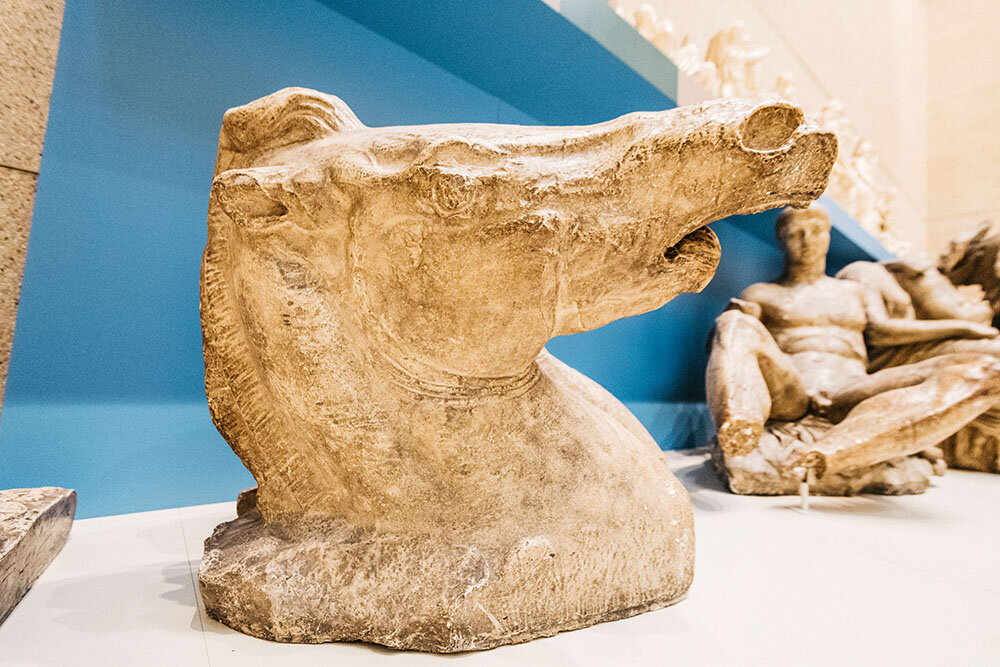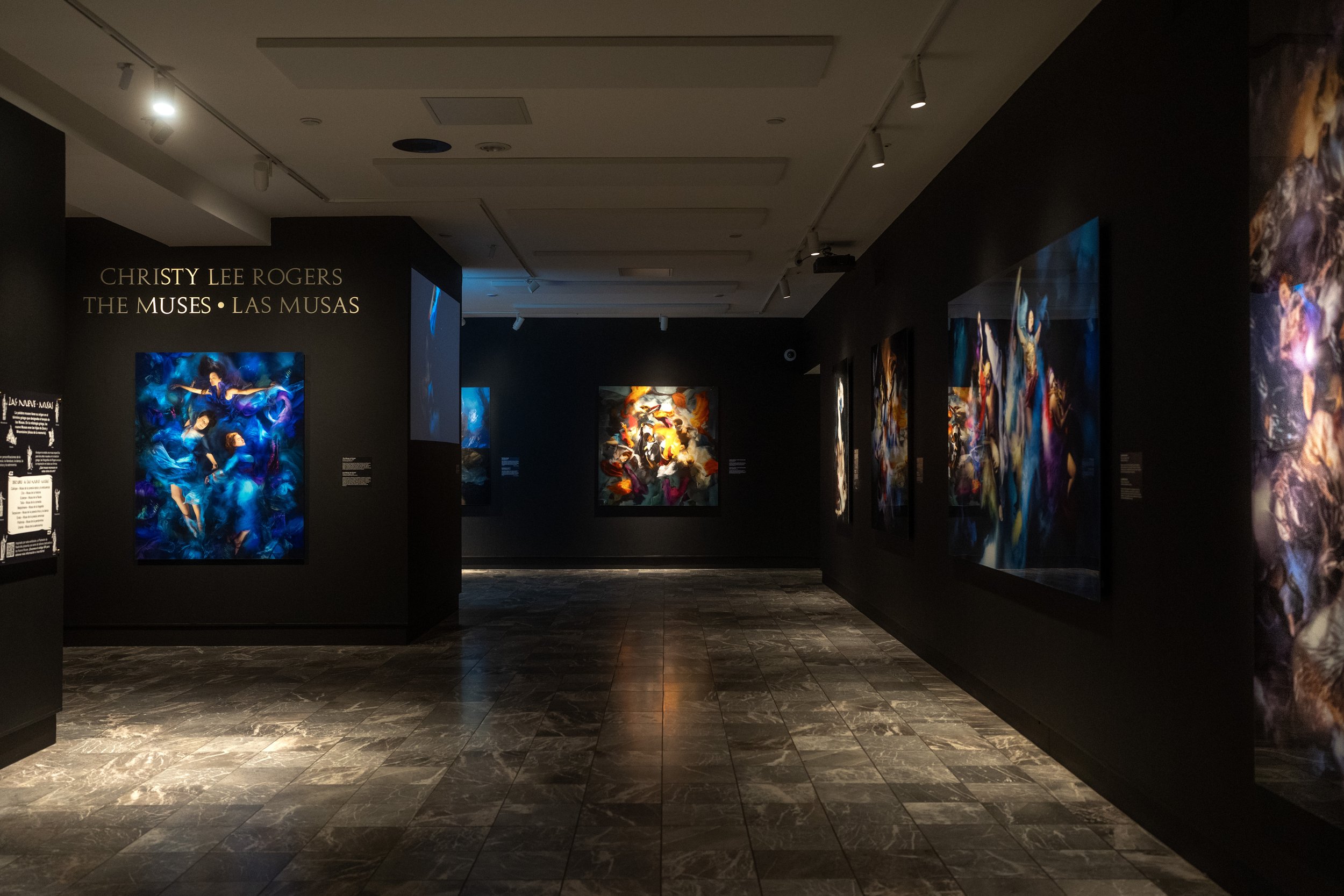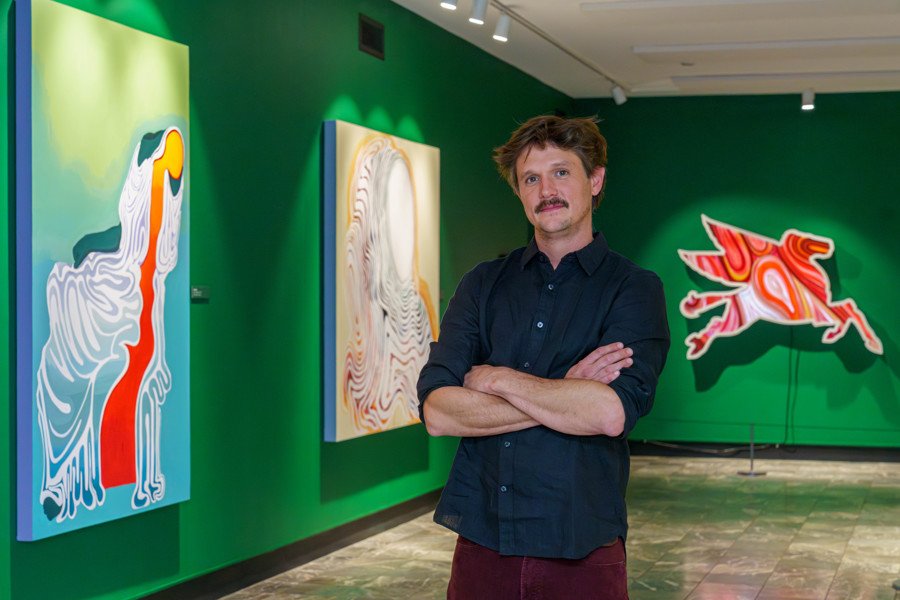Current Exhibitions
EAST GALLERY
GODDESS IN PROGRESS
Alan LeQuire won the commission in 1982 by proposing a historically-accurate replica of the ancient statue. The young artist began an odyssey of research which included a visit to the ancient Parthenon in Greece, and consultation with leading scholars. During the eight years of construction, LeQuire triumphed over engineering complications, political challenges, and a fire that demolished his studio. Travel with LeQuire on his journey to creating and scaling a figure that became the largest indoor sculpture in the Western world.
This exhibition is presented by Metro Parks, Centennial Park Conservancy, and the Sandra Schatten Foundation with additional support from the Nashville Convention & Visitors Corp., the National Hellenic Society, and the William Rollins Fund for the Arts — a fund of the Community Foundation of Middle Tennessee.





WEST GALLERY
The Role of a Replica
This is a hands-on exploration of what replicas can teach us and how they are used to convey the latest theories and discoveries. Spark your curiosity by sharing in the enthusiasm for ancient Greek art and architecture that inspired maquettes and models. Marvel at the details captured in the plaster casts of Greek sculptures while learning about their role in the recreation of a complete sculptural design.




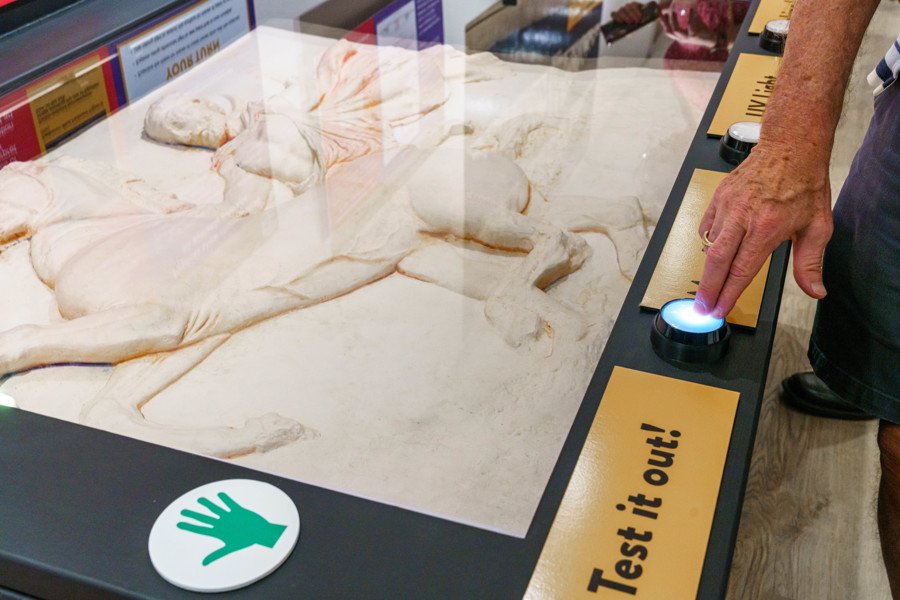

Permanent Exhibitions
The Cowan Collection of American Art
In 1897, James M. Cowan from Aurora, Illinois, visited the Tennessee Centennial Exposition. He visited as the director of the Armour Drill Corps of Chicago, a group of young women performing marching drills. Cowan already had ties to Tennessee. At the age of 13, he had moved with his family to Tullahoma, Tennessee, and remained there until he was in his twenties when he moved to Cincinnati. He subsequently made his wealth in insurance, but his true passion was collecting art. As he neared the end of his life, Cowan had about 700 pieces in his collection. Aware that Nashville's Parthenon was being reconstructed as a permanent structure, he decided to anonymously donate a portion of his collection to be housed at the city’s most iconic museum. Between 1927 and 1929, his collection of art works were shipped to Nashville to be moved into the Parthenon upon completion of the reconstruction.
In fact, he purchased many pieces specifically with this destination in mind, eventually giving 63 pieces to Nashville. These works, all oils on canvas dating 1765-1923, are housed permanently in the Parthenon and bear the name of its generous donor—the James M. Cowan Collection of American Art.
A distinguishing characteristic of this collection is that all of the work was done by American artists. Fifty-seven artists are represented in the collection, most of which dates late 19th and early 20th centuries. Almost all the artists represented were also members of the National Academy of Design, a prestigious artists' league of the time. Within the collection, many connections occur among the artists as among their paintings.
A common theme found in most of the paintings is Impressionism. Impressionism was a school of painting introduced by the French in the first Impressionism Exhibition held in Paris in 1874. It was an attempt using pure color to imitate light. Many of the artists in this collection studied in Paris during their careers. Within the collection, many secondary artist alliances can be found, including the Hudson River School, the Luminists, the Symbolists, Barbizon School influences, and Nabis influences.
The primary concentration in the collection is 51 landscapes, including many plein air paintings (done on location) and four seascapes which emphasize an undulating ocean and coast, a difficult and unusual subject matter. There are eight portraits in the collection, in all of which the subject of the portrait is anonymous. Generally, there is one work by each artist in the collection. Therefore, in looking you can learn something of the man who formed this collection by his choices. These reflect a man who was taken with the landscape in its more unrefined form and had a diverse and unusual interest in figure paintings.





Parthenon Marble Casts
The Nashville Parthenon's permanent collection includes 14 casts of the original Parthenon Marbles that were purchased in the 1920s from the Victoria and Albert Museum in London. The casts were molded from the remaining fragments of the Parthenon Marbles housed in London and represent some of the most celebrated sculptures in the history of classical art. They have been on display in Nashville since 1931 and significant conservation work is needed to ensure that they can live on for generations to come. Thanks to a generous grant from the Hays Foundation, the casts underwent a restoration in 2023 that preserves their legacy as an artistic and educational resource for the public.
